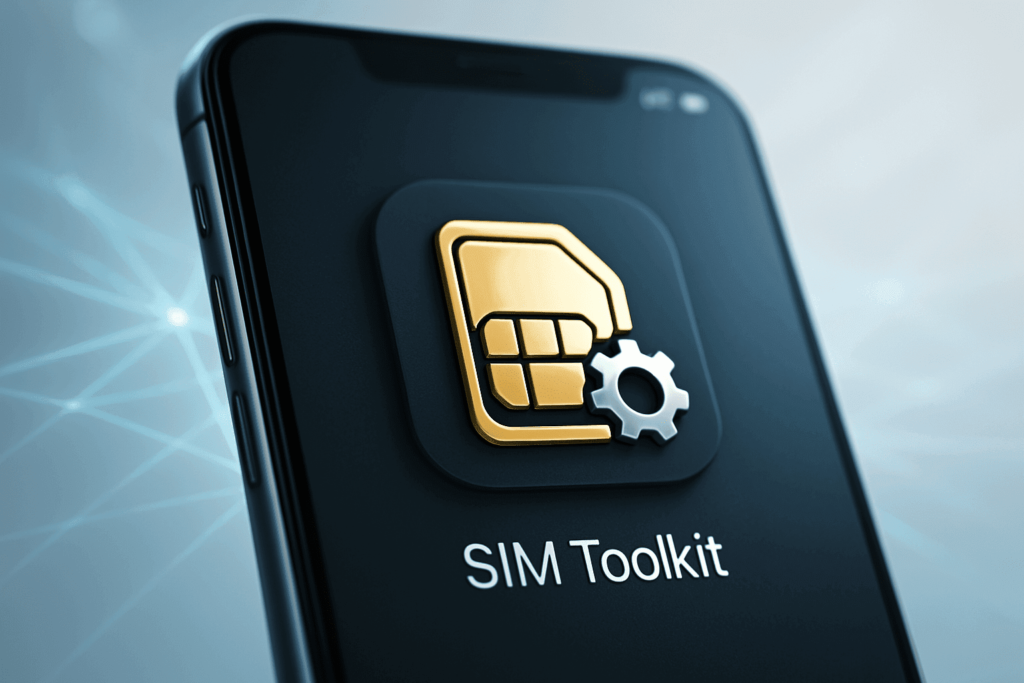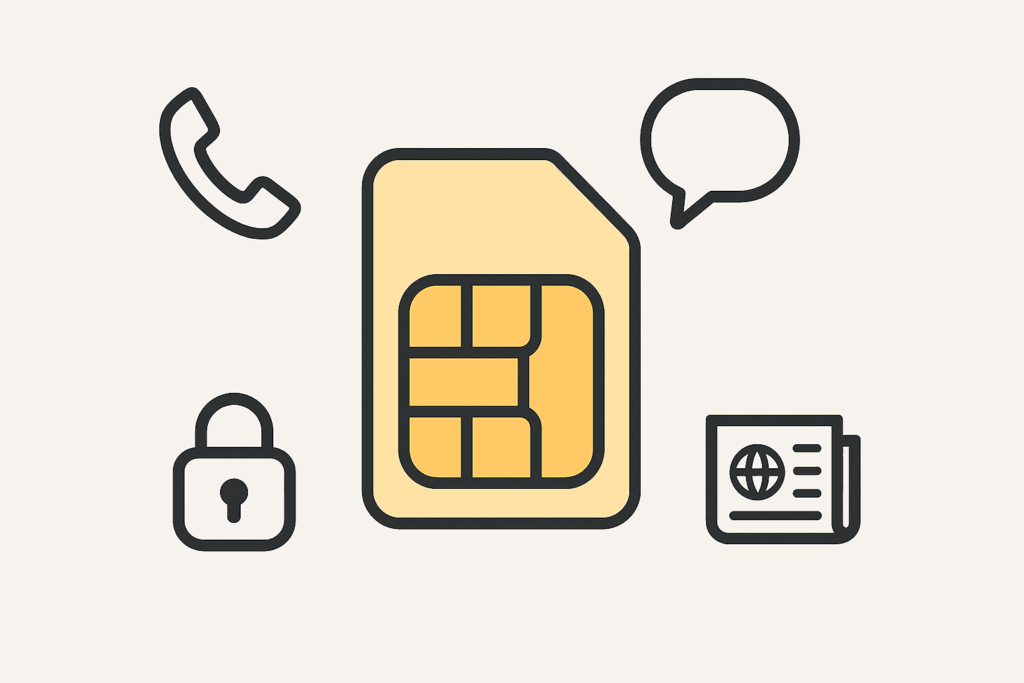
How to Build a SIM Toolkit App with Java Card
Even as eSIM technology becomes more prevalent, SIM Toolkit still plays a vital role in mobile networks. It enables operators and developers to run applications directly on the SIM card, managing services such as mobile banking, roaming updates, and account menus. Whether you are a mobile operator or a system integrator, mastering this process will help you provide secure, user-friendly tools inside the SIM card.
A Step-by-Step Guide to SIM Toolkit App Development
To get there, you need a solid, step-by-step development flow. From setting up your environment to managing OTA deployments, each stage plays a critical role in building a secure, high-performing SIM Toolkit app. Skip one, and you’re likely to hit roadblocks that waste time and wreck the user experience. In the next sections, we’ll break down the key steps—from the first line of code to remote updates—so you can build confidently, avoid common pitfalls, and deliver an app that works.
| Tool / Software | Purpose | Recommended Use | Open Source / Commercial | Notes |
|---|---|---|---|---|
| Java Card Development Kit (JCDK) | Compile and build CAP files | Essential for all SIM development | Official / Free | Includes converter and simulator tools |
| Eclipse / IntelliJ | IDE for development | Writing and debugging Java Card apps | Free / Commercial | Good plugin support |
| GlobalPlatformPro | Manage applets and keys | Real-world card deployment simulation | Open Source | Command-line tool, active community |
| PySIM | SIM simulation and debugging | Early-stage development and testing | Open Source | Emulates various SIM profiles |
| JCIDE | Dedicated Java Card IDE | All-in-one development tool | Commercial | Beginner-friendly UI |
| TMC THC20 Java Card | High-performance physical card | Real-world testing and deployment | Commercial | Secure, OTA-ready, developer-friendly |
Step 1: Setting Up the Development Environment
Before you write any code, get your tools ready. First, install the Java Card Development Kit (JCDK), which includes a CAP file converter and validator. To ensure a smooth workflow, use it with an IDE such as Eclipse or IntelliJ. You’ll also need an emulator or smart card reader to test your application. Tools such as GlobalPlatformPro or PySIM can help manage applets. They work well in a simulated Java Card environment, providing realistic test conditions. Be careful to follow the ETSI standard, use the specified Java Card APIs, and follow the SIM Application Toolkit (SAT) structure. Once you’re set up, test it with a basic Hello World applet. Confirm that it compiles, installs, and returns the expected responses.
Step 2: Designing the Applet Structure and Services
The SIM Toolkit applet contains proactive commands that prompt the device to perform actions. Your structure should be modular and event-driven. Each function responds to a trigger such as card insertion or menu selection. Using the SIM Java Card API, define the applet’s logic in the install() method. Then, use processToolkit() to respond to events. For example, to display a balance menu, use the ProactiveHandler and EnvelopeHandler classes to build and respond to UI flows.
The user experience is critical. The SIM menu UI has limited functionality, so keep it simple. Avoid complex, cluttered menus. Provide quick, relevant actions with minimal user effort, taking localization and user level into consideration.

Step 3: Handling Security and Access Permissions
Security isn’t optional—it’s the foundation. SIMs store critical data and talk directly to networks. Your app must never expose private information or allow unauthorized access. Declare permissions during installation using the SecurityDomain. Set strict access control for files, events, and channels. The SIM Java card offers security features like firewalls and cryptographic APIs—use them all.
Test against common vulnerabilities, such as buffer overflows and bad TLV parsing. Also, validate all terminal responses. Never assume device behaviour—be sceptical. Sign applets with trusted certificates. Keep dev and prod keys separate. Never hardcode secrets—use secure storage or dynamic key management.
Step 4: Managing Communication with the Mobile Device
Proactive commands power SIM Toolkit interactions. These commands tell phones what to do, from showing text to sending SMS. How well you use them defines the user experience. Use DISPLAY_TEXT for messages, GET_INPUT for data, and SEND_SMS for backend contact. The ProactiveHandler class helps build these flows easily on a SIM Java card.
Test how commands behave on different phones. OS and firmware differences cause odd bugs. Test across devices to ensure consistency. Build fallback plans. If a command fails or a phone lacks support, switch to a simpler backup to avoid crashes or dead ends. Track envelope events like EVENT_LOCATION_STATUS to adapt on the fly. This helps your app respond to real-time changes and user behaviour.

Step 5: Data Storage and File Management
SIM cards use a GSM/3GPP file structure: Master File (MF), Dedicated Files (DF), and Elementary Files (EF). Your app may need to read, write, or update these smartly. Use the SIM Java card’s FileView API for secure file operations. Always check permissions first. Encrypt sensitive data and use secure channels.
Avoid frequent writes—SIMs have limited memory cycles. Cache data in RAM when possible, or shift storage to backend systems. Clean up after yourself. Remove leftover files when uninstalling or upgrading your applet. This keeps the card efficient and ready for new services. Managing storage wisely boosts performance and ensures smooth future OTA operations.
Step 6: Testing and Debugging Your Applet
You can’t build a solid SIM Toolkit app without serious testing. Simulate different phones, networks, and edge cases. Start with a SIM Java card simulator before going physical. Test all events: cold boot, reset, eject, and menu use. See how your app reacts to weird scenarios like network drops, user spam-tapping, or low battery.
Analyse data exchanges using tools like APDUTool or SimSpy. These tools help diagnose bugs in TLV parsing or APDU logic. Run stress tests and simulate chaos. Your app should fail safely, not crash spectacularly. Don’t skip regression tests. One minor change can break everything. Keep test scripts versioned and current.

Step 7: Deploying and Updating Over-the-Air (OTA)
Your app is ready. It’s time to push it live via OTA—there’s no need to touch the SIM physically. For remote updates, use SMS-PP or HTTPS delivery. Sign and encrypt the applet per GlobalPlatform rules. Then, please send it via a Secure Channel Protocol session (SCP02 or SCP03 on a SIM Java card).
Add rollback support. If the update fails mid-air due to signal drops or battery loss, your app should stay intact, not half-installed and broken. Connect your backend to the provisioning engine. Watch logs, success rates, and feedback in real time. This will help you catch problems quickly and optimize rollout.OTA isn’t just file delivery—it’s a full security and feedback loop. Treat it like a core part of your dev cycle.
Final Thoughts on Building a Reliable SIM Toolkit App
Building a reliable SIM Toolkit app is more than just writing code; it’s about building a seamless bridge between the network and the user. Get it right, and your app will deliver real value, minimise support headaches, and improve service quality. Whether you’re launching banking features or telecom services, SIM cards are always an integral part of the equation.
First, you must lay the foundation to ensure your app runs flawlessly. We recommend DCCO’s TMC THC20 SIM Java Card, a rugged, high-performance card designed for secure, scalable SIM Toolkit development. It’s designed to handle complex commands, support OTA updates, and ensure your app runs smoothly in real-world deployments.


